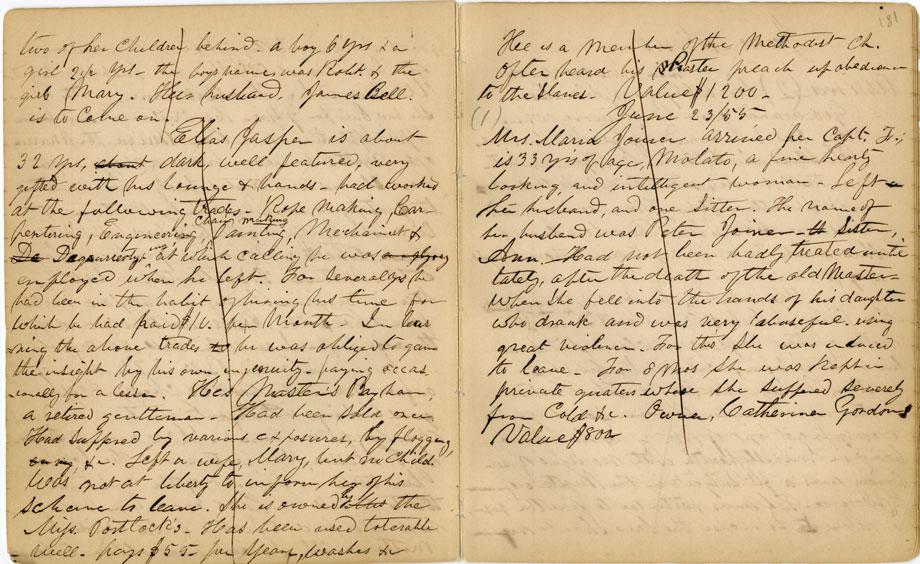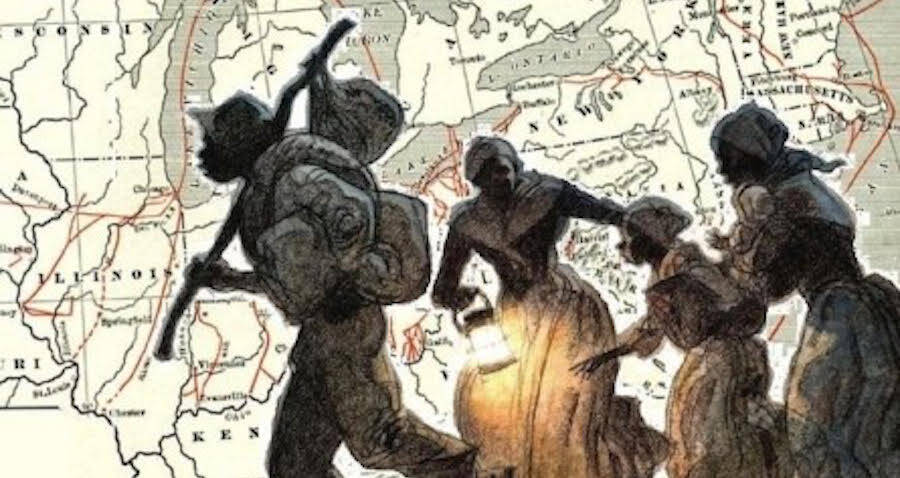
- UNDERGROUND RAILROAD STORY SLAVERY HOW TO
- UNDERGROUND RAILROAD STORY SLAVERY FULL
- UNDERGROUND RAILROAD STORY SLAVERY SERIES
Northern states tended to find themselves in an economic situation which was less reliant on slavery, and as a result tended to have more sympathy for abolition of the slave trade within their boundaries. Contrary to popular portrayal, the majority of slaves were held on farms of between 7 and 39 slaves, not on larger plantations. Without slavery, the agricultural institutions of the south would not have been profitable and without those institutions large parts of the south would have been little more than a swampy backwater.

In large part, this was because their economy was entirely reliant on unpaid and unfree labor. Generally Southern states had far higher slave populations than northern states in the Nineteenth Century.
UNDERGROUND RAILROAD STORY SLAVERY FULL
This structure kept the whole network from being compromised, but has also made it difficult to document and understand the full extent of the work done by abolitionists and free Black people in liberating others from the inhumane institution on which much of the US economy relied for over a century.Ī painting entitled The Underground Railroad by Charles Webber MPI // Getty Images
UNDERGROUND RAILROAD STORY SLAVERY HOW TO
Instead, “conductors” on the route organised in small groups and knew how to send escaped slaves one “station” further north.
UNDERGROUND RAILROAD STORY SLAVERY SERIES
Unlike the version of the railroad in Colson Whitehead’s novel – which has been adapted by Moonlight director Barry Jenkins for a 10-part TV series – there are no ledger records of everyone who passed to freedom through the secret basements and backstreets of the railroad or all the people who helped them. No one individual ran, or even knew the route of the railroad. Most of those people are unknown to us, we know some church groups were involved and that free Black people obviously played an important role, but many participants likely took their secrets to the grave fearing retribution. To undertake or help in the journey was to risk one’s life, and the fact that between thirty and one hundred thousand people escaped bondage this way is testament to the remarkable bravery and determination of both formerly enslaved people and those free people who were willing to risk their lives to give others a chance at freedom. The railroad generally helped people, up to 1,000 a year at its peak, escape from slavery and flee to northern “free states” and Canada. The underground railroad wasn’t actually a railroad (actual underground trains didn’t run until the middle of the Civil War in 1863) and it’s not entirely clear when that name came to be associated with the loose network of individuals, safe houses, and groups who worked to help enslaved people escape their bondage. Soon, one of the most famous “pilots” on the route, Harriet Tubman, will replace slave owning genocidaire and favourite president of Donald Trump Andrew Jackson on $20 bills.

It features in children’s books and the popular recollection of the nineteenth century.

For most, it is a heroic act of resistance against a brutal and inhumane institution. “here was one of two things I had a right to, liberty or death if I could not have one, I would have the other" – Harriet Tubmanįor people in the USA, the underground railroad has almost mythical status.


 0 kommentar(er)
0 kommentar(er)
